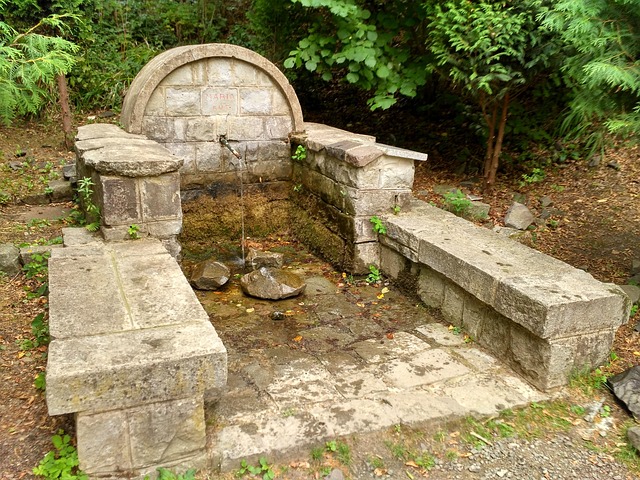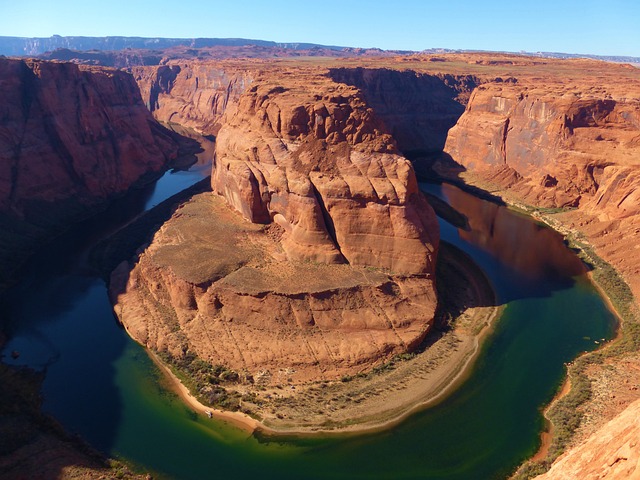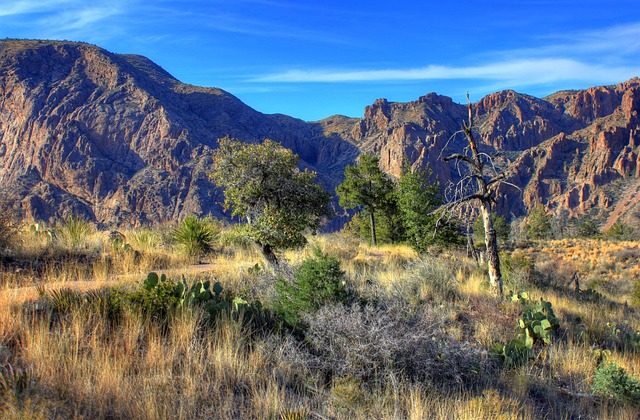Real estate development in desert crossroads, enriched by historical trade routes, balances preservation of heritage with modern urban planning. Integrating traditional design and collaborating with experts creates harmonious spaces that attract tourists and foster community connection to local history, while respecting authentic desert character through sustainable practices. Developers navigate challenges by studying regional history, engaging locals, and incorporating historic elements into contemporary projects, ensuring these crossroads evolve while maintaining their unique appeal for future generations.
Deserts, known for their vast expanses and rugged beauty, often hide rich historical crossroads that have shaped nearby cities. This article explores how these historic sites, integral to the region’s identity, influence urban development. We delve into the crucial role of real estate in preserving heritage while navigating past and future growth. By examining these intersections, we uncover strategies for sustainable development, balancing progress with the preservation of desert crossroads’ significance.
Historical Crossroads: Shaping Desert Cities

Desert crossroads, dotted with historic landmarks and ancient trade routes, have shaped the development of cities in these arid landscapes. These intersections, once bustling hubs for travelers, merchants, and nomads, now hold significant real estate value. The strategic locations offered resources and opportunities, attracting settlements that grew into thriving urban centers.
Over time, the historical crossroads have influenced urban planning and design in desert cities. The layout of streets, markets, and public spaces often mirrors the traditional patterns established centuries ago. This connection to the past not only adds character but also attracts tourists interested in exploring the region’s rich history.
Real Estate's Role in Preserving Heritage

The role of real estate in preserving heritage sites is an integral part of safeguarding our historical narrative. In the context of desert crossroads, where historic significance intertwines with arid landscapes, responsible development and conservation are paramount. Real estate ventures can play a pivotal role by adopting sustainable practices that minimize environmental impact while celebrating the unique architectural and cultural heritage.
By integrating traditional design elements and leveraging local materials, real estate projects can create harmonious spaces that pay homage to the past. Moreover, strategic planning and collaboration with historians and cultural experts ensure that development respects the existing historical fabric. This approach not only preserves the desert crossroads’ authenticity but also fosters a deeper connection between the community and their rich heritage.
Navigating Past to Future Development

Navigating the past and future development in desert crossroads with historic significance presents a unique challenge for real estate professionals. As these areas often hold cultural and historical value, any construction or renovation must balance preservation with progress. By studying the region’s history, trends, and community needs, developers can create projects that both honor the past and cater to contemporary demands.
This approach involves careful planning and collaboration with local experts, architects, and residents. Incorporating historic elements into modern designs not only enhances aesthetics but also fosters a connection between the old and new. Such strategies ensure that desert crossroads continue to evolve while preserving their distinctive character, making them attractive destinations for both locals and visitors alike in the years to come.






